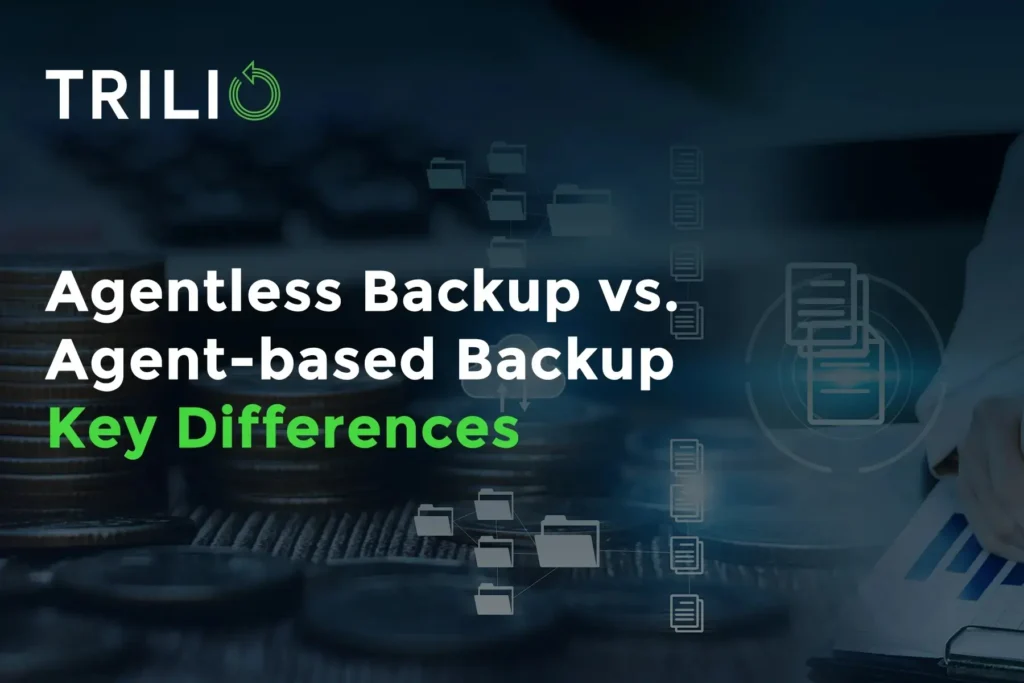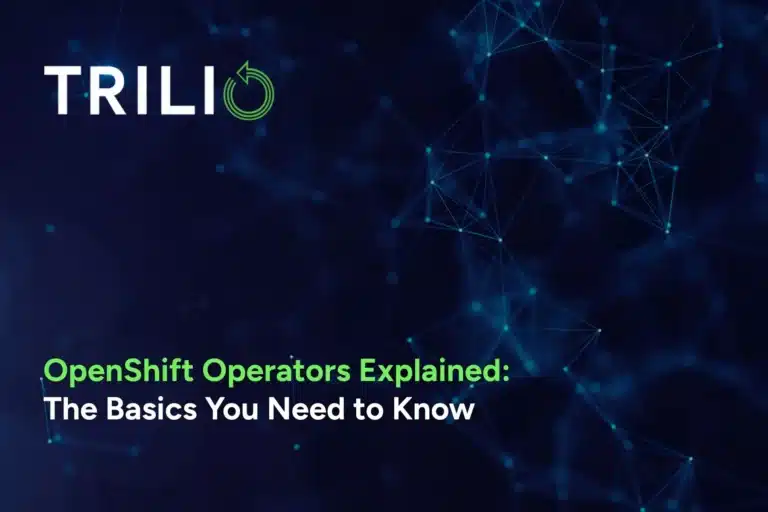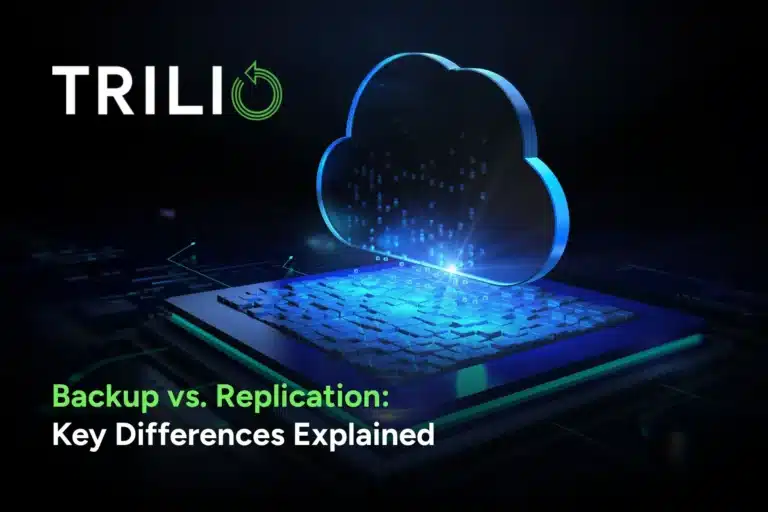To manage the scalability and elasticity required by environments that manage cloud native applications or infrastructure, the world continues to adopt virtualized environments, a move that is increasingly favoring streamlined, agentless backup solutions over their more cumbersome, agent-based counterparts. This shift is not merely driven by technological advancements but is equally propelled by cost-efficiency and operational effectiveness.
The Legacy of Agent-Based Backup
Historically, agent-based backup systems have been the norm. These systems operate by running software on the production machine, in tandem with the production application. The agent must communicate with its central data protection server for backups to be executed. The agent’s role is to read production data through the OS layer, process it, and transmit backup data to a media or backup server, where it is ultimately stored on a typically proprietary backup storage device. This process impacts the production machines and network, turning the backup process into a potential risk and imposing “backup windows” on businesses and limiting RPO. Existing agent-based approaches to data protection have outlived their technical reasons for being, especially with the emergence of more efficient agentless backup solutions.
The Challenges of Agent-Based Solutions
Resource Consumption
Agents generate CPU load on the production machine for reading, processing, and writing operations.
- They consume memory on the production machine and their traffic to the media server consumes virtual and physical networking resources. The cumulative resource overhead from multiple agents can become significant, leading to performance degradation across the network necessitating an additional network (and at least one port) on each production machine. This makes agent-based backups less appealing compared to agentless backup solutions.
Administrative Burden
Administrators are tasked with managing an additional network.
- Managing a large number of agents across numerous applications can become cumbersome and difficult to scale efficiently. As the number of endpoints grows, the administrative lifecycle overhead associated with agent deployment, configuration, and monitoring can increase disproportionately, making it harder to maintain an effective backup infrastructure. The rise of agentless backup solutions offers a streamlined alternative to these challenges.
Security & Administrative Risk
Agents require access to production data, typically at the application level, posing a risk to the integrity and health of the production machine.
- Introducing agents can potentially create security vulnerabilities, as each agent represents an additional attack surface that hackers could exploit. Poorly managed or outdated agents may pose security risks such as unauthorized access, data breaches, or malware propagation. Ensuring the security and integrity of agent-based backup solutions requires diligent patching, configuration management, and monitoring practices.
The Rise of Agentless Backup
The world of the cloud consists of not just distributed data, but also distributed applications consisting of multiple types of workloads, databases, and more. The elasticity of these applications require the benefits of scaling as needed without redeployment of agents at every turn. Agentless backup solutions do not rely on any agent within the machine. They perform a centralized, network-wide backup via APIs, simplifying the management and maintenance of your data protection solutions. Whether it is managing Kubernetes, KubeVirt or OpenStack, the following reflect some of the benefits of an agentless backup solution:
- Cloud-Friendly: Allows a non-disruptive service introduction to all tenants.
- Reduced Costs & Resource Consumption: Minimizes administrative costs and resource usage.
- Simplified Maintenance: No longer need to reinstall agents with every change or update, simplifying maintenance.
- Faster Operations: Enables faster backup and restore operations with tighter RPO.
Conclusion
The Trilio Solution
Trilio exemplifies the agentless approach. It employs a lightweight Data Mover process at the compute node level, which does not require additional servers or resources and avoids unnecessary data transmission.
Data access is performed directly at the storage level and outside of the production VM, eliminating the need to read and write data through the production machine’s operating system. The Trilio Data Mover minimizes network traffic by reading snap diffs and transmitting only changed blocks to the target storage of choice, using industry-standard NFS or S3 protocols. This represents a significant leap forward in the evolution of data backup solutions.
Trilio’s agentless design is cloud friendly. Tenants are not disrupted by the introduction of the Trilio service into the cloud and can start using it right away on their own, with no need for any cloud admin assistance. With increasingly virtualized environments, agentless backup reduces disruption and makes it easier to maintain cloud infrastructure that, while in flux, contains critical workloads in need of protection.




